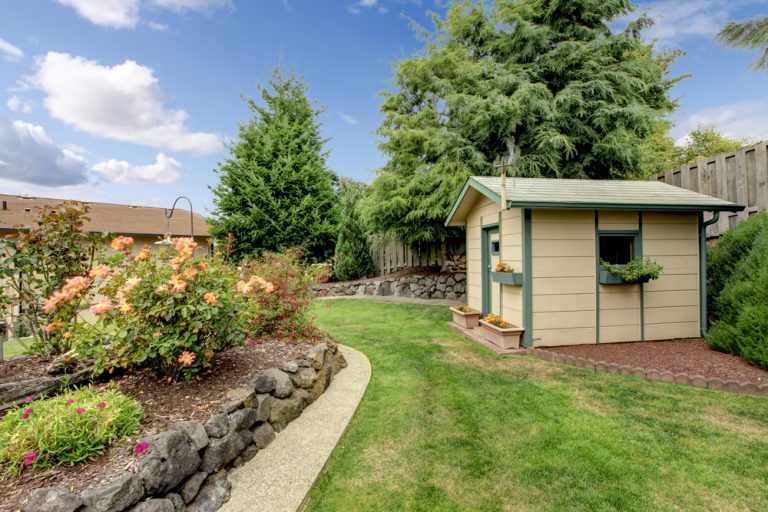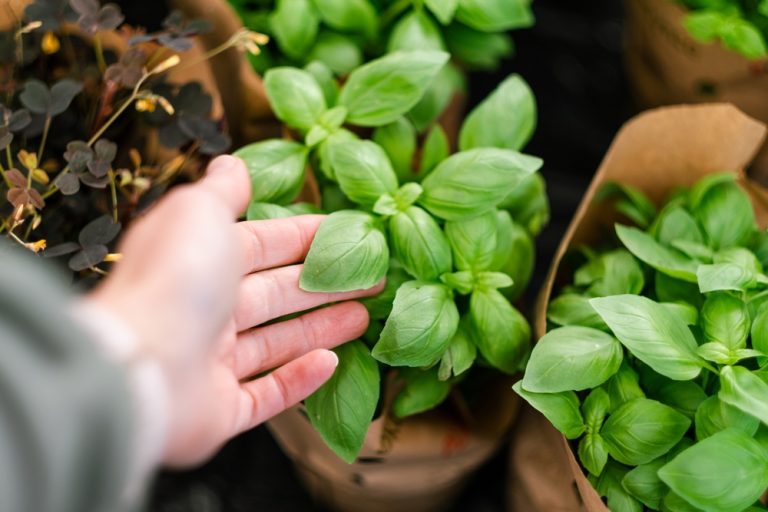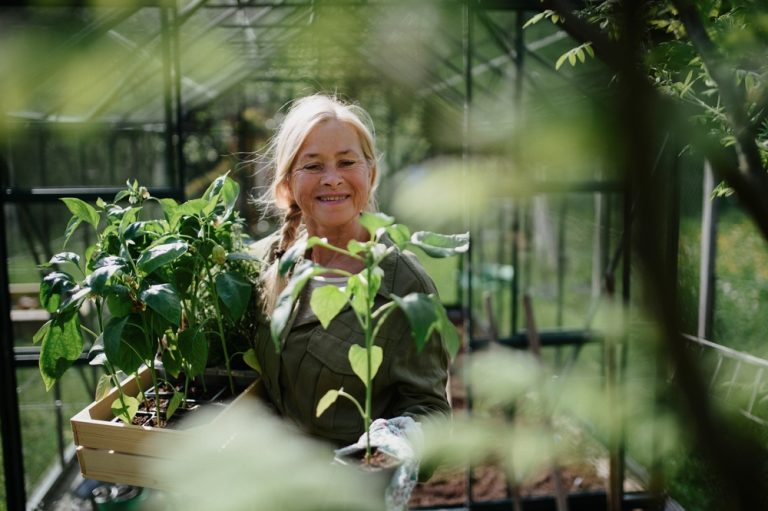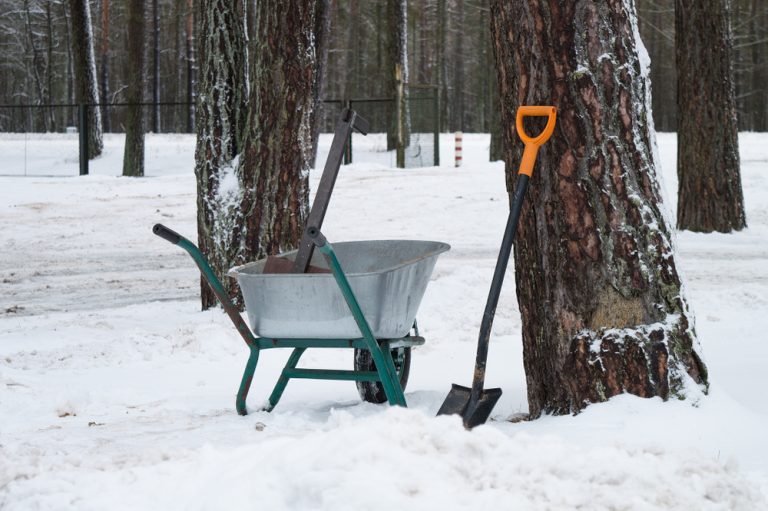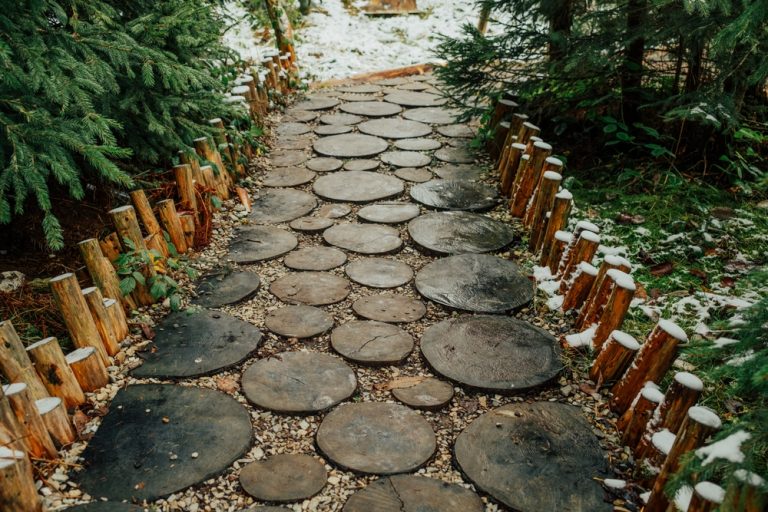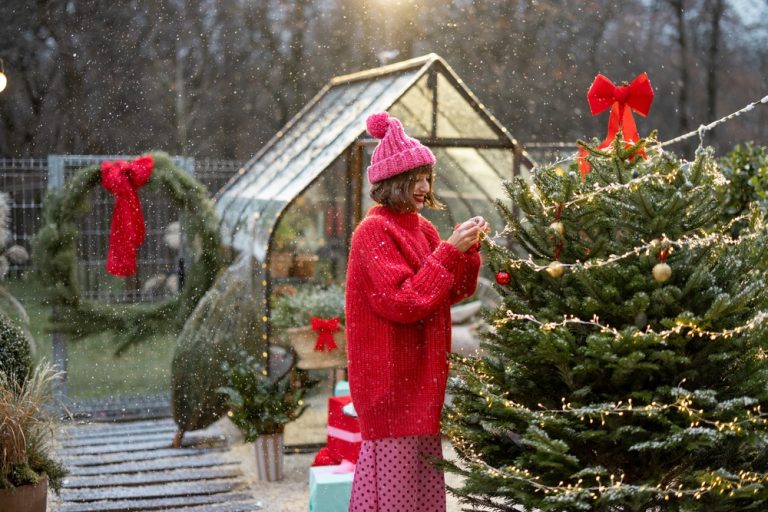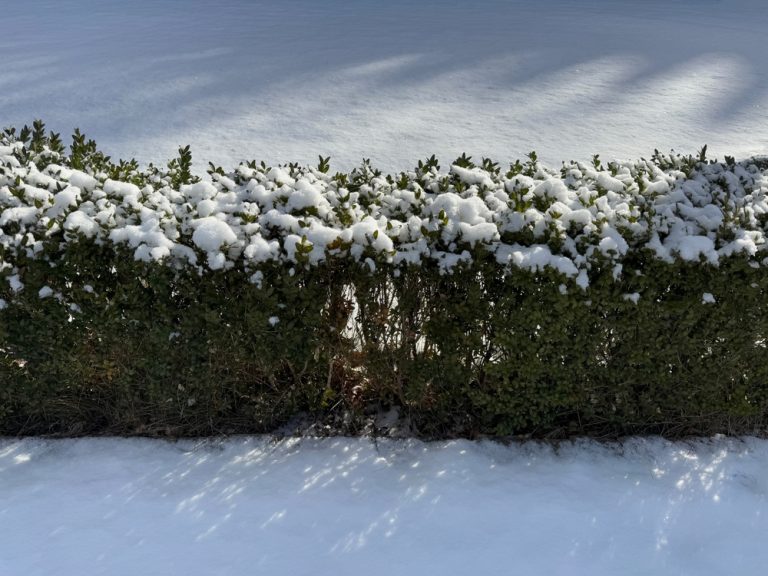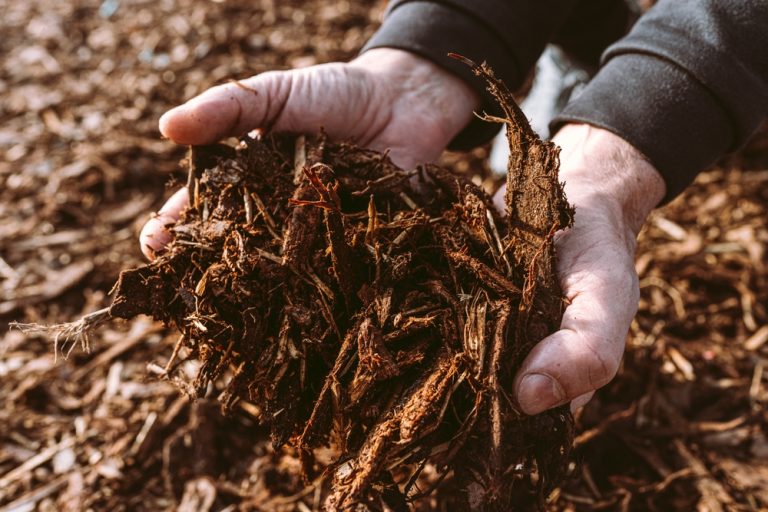Winter doesn’t politely knock before causing trouble, it barges into your backyard with ice, wind, snow, and a long list of repair bills. One overlooked storm can turn a humble garden shed into a frozen regret filled with warped wood, cracked tools, and soggy memories. While most homeowners focus on roofs and furnaces, the structures…
gardening
7 Cold-Weather Herbs That Taste Better Than Store-Bought
Winter doesn’t have to be a culinary wasteland ruled by bland jars and dusty spice racks. When the temperature drops, a surprising number of herbs actually step up their game, developing deeper flavors, tougher leaves, and personalities that laugh in the face of frost. These cold-weather heroes thrive when the air is crisp, the soil…
10 Terrariums Indoor Greenhouses You Can Set Up This Winter
Winter has a way of sneaking up and draining the color from everything we love, especially our homes. One minute you’re enjoying leafy patios and sunlit windowsills, and the next you’re staring at frost and wondering why all your plants look mildly offended. That’s where terrariums and indoor greenhouses come charging in like tiny, glass-covered…
9 Ways to Use Garden Lights & Reflective Surfaces to Make Winter Plants Pop
Winter gardens can feel a little sleepy, draped in frost and bare branches, but with the right touches, your plants can shine like they’re on the red carpet. Cold weather doesn’t have to mean dull or drab—think twinkling lights, gleaming reflections, and clever illumination that make every shrub, tree, and evergreen star in their own…
How To Keep Your Garden Tools Organized When Snow Hits
Winter can be an icy, bone-chilling, snow-piled reality that transforms your once-perfect garden into a frozen tundra. Suddenly, your beloved trowels, shovels, rakes, and pruners are scattered like confetti in the snow, vanishing the moment you need them most. Losing a favorite tool in a snowdrift is tragic, almost Shakespearean. The key to avoiding this…
8 Winter Garden Paving & Path Ideas for Snowy Landscapes
Winter doesn’t have to send your garden into hibernation or turn your outdoor paths into slippery afterthoughts. When snow arrives, the right paving and pathways can actually make your landscape feel more magical, more functional, and far more inviting. Crunching footsteps, clean lines peeking through fresh snowfall, and smart materials working with winter instead of…
Do You Need a Cold Frame to Grow in December?
Winter gardening sounds like a daredevil sport. Frost nipping at your nose, icy winds trying to sabotage your seedlings, and yet, some plants thrive while you’re bundled in three layers of clothing. If you’ve ever wondered how gardeners coax life out of frozen soil in December, the answer often starts with one little hero: the…
6 Garden Journal Prompts to Prepare for Spring While It’s Snowing
Winter has an ice-cold ability to slow everything down. Frosty mornings, icy sidewalks, and the endless blanket of white make it feel like your garden is in a deep, frozen slumber. But inside, your imagination can be blooming like never before. While snowflakes drift lazily outside, your garden journal is the perfect place to plan,…
8 Shrubs With Colourful Bark You’ll Love in Winter Landscapes
Winter gardens often feel sleepy, blanketed in muted tones and bare branches. But what if your garden could dazzle even when the flowers have gone to sleep? Colourful bark shrubs are like nature’s neon lights, turning drab winter days into a display of fiery reds, sunny yellows, and bright oranges. These shrubs aren’t just beautiful—they’re…
Could You Be Wasting Money On Garden Mulch That Doesn’t Work?
Mulch has long been hailed as the secret weapon of gardeners everywhere. It promises to suppress weeds, retain moisture, and give your garden that polished, Instagram-worthy look. But what if I told you that not all mulch is created equal—and some of it might actually be costing you more than it’s worth? You’ve been spreading…
